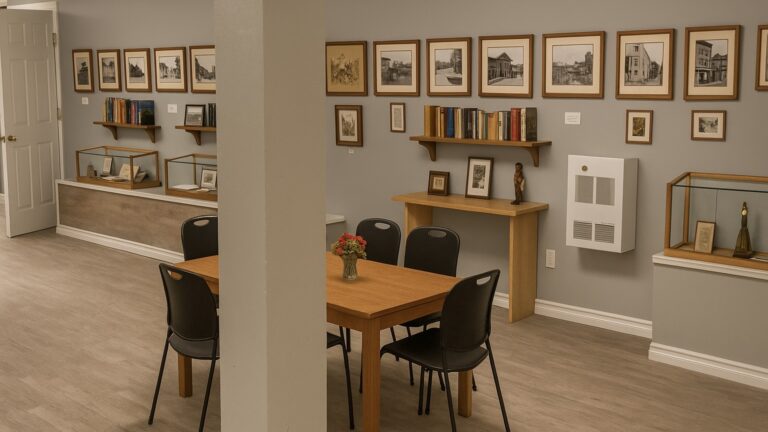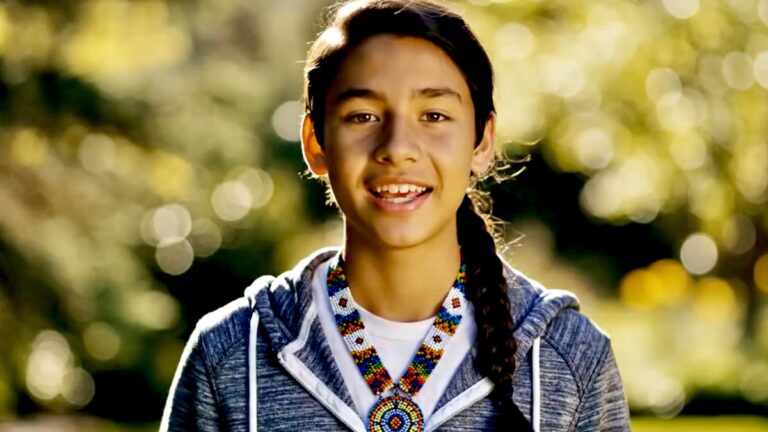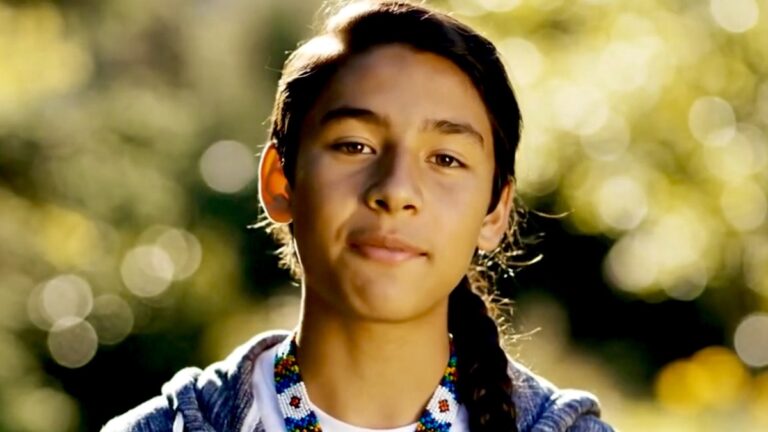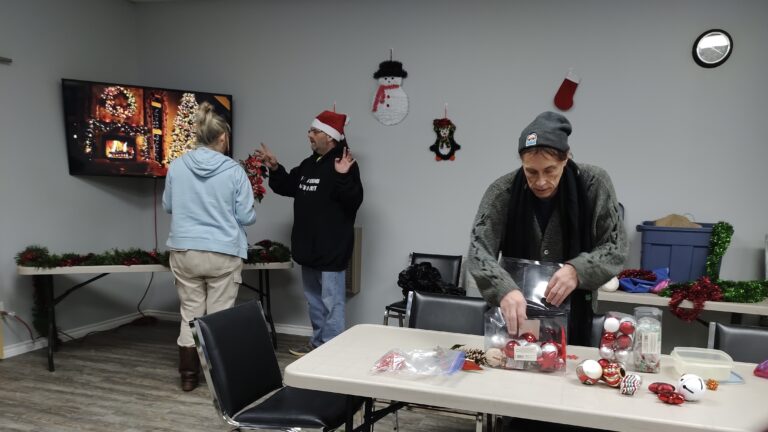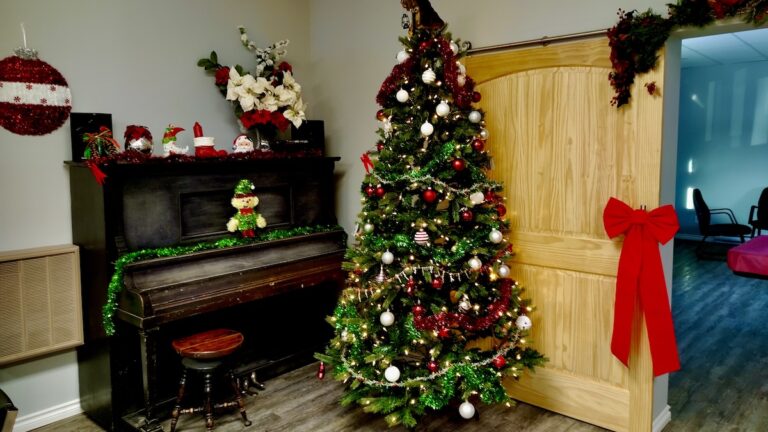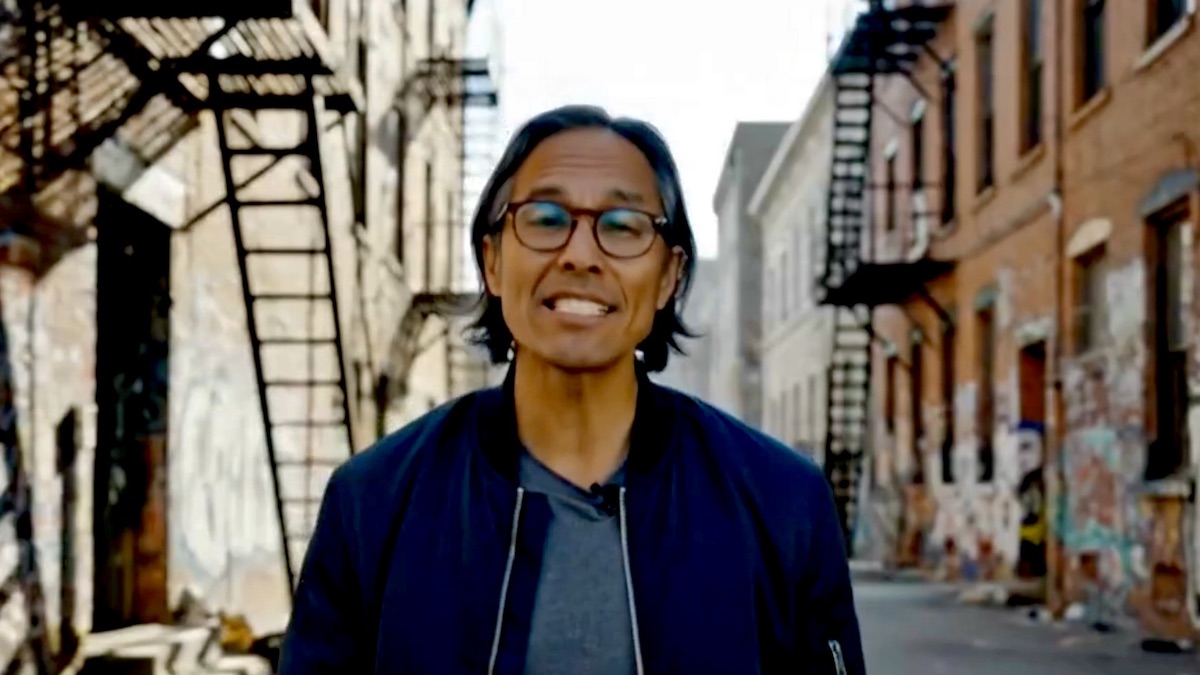
ECO-STAR North champions innovators working at the intersection of Arts, Creativity, and Climate solutions. Our methodology is a dynamic synthesis of community-led participatory research, transformative interdisciplinary arts, and ethical, mixed-method approaches to applied AI.
Understanding the ECO-STAR North Methodology for Innovation
Alright, this is it—the big idea! The ‘Solution’ is the tangible ‘what’ of your project. It’s your brilliant answer to the unmet need you discovered. This is where you move from abstract ideas to concrete details. What exactly are you creating? How will it work? Who will it benefit, and how will it be developed and delivered to them?
But a solution is more than just a good idea; it’s a well-crafted one. This is where you think about your model, estimate your costs, and, most importantly, start building.
The spirit here is “show, don’t just tell.” Create a prototype, even if it’s just a sketch on a napkin or a simple mock-up. There is no faster way to see if your idea has wings than to make a rough version of it and put it in front of real people.
This is also where you face the risks head-on. What could go wrong? What are the biggest hurdles? Acknowledging the challenges doesn’t make your idea weaker; it makes it stronger because it shows you’re thinking realistically and are prepared to navigate the inevitable bumps in the road.
What We’re Learning: We’re pushing ‘Solution’ beyond the idea of a ‘product’ and toward the concept of an ‘intervention’ or a ‘process.’ A solution doesn’t have to be a thing you sell; it can be a conversation, a workshop, a new ritual, or a piece of art that changes how people see the world. For interdisciplinary artists, this is critical. The “solution” isn’t just the final artwork; it’s the entire process of collaborative discovery, the relationships built, and the new knowledge created along the way. The artwork is the catalyst, but the change it sparks in the community is the true result.
ABOUT THE ECO-STAR NORTH PROGRAM
ECO-STAR North invites artists, educators, and community leaders to join in co-creating this new path forward — where innovation grows from the land, the language, and the stories that have always been here.
This project has been seeded in 2025 with generous support from the Minneapolis College of Art and Design Creative Entrepreneurship Program, Enterprise Development Group, The Arts Incubator Winnipeg, Art Borups Corners, the Manitoba Arts Council Indigenous 360 Program, The Labovitz School of Business and Economics at the University of Minnesota Duluth, The Ontario Arts Council Multi and Inter-Arts Projects program, and the OpenAI Researcher Access Program.

